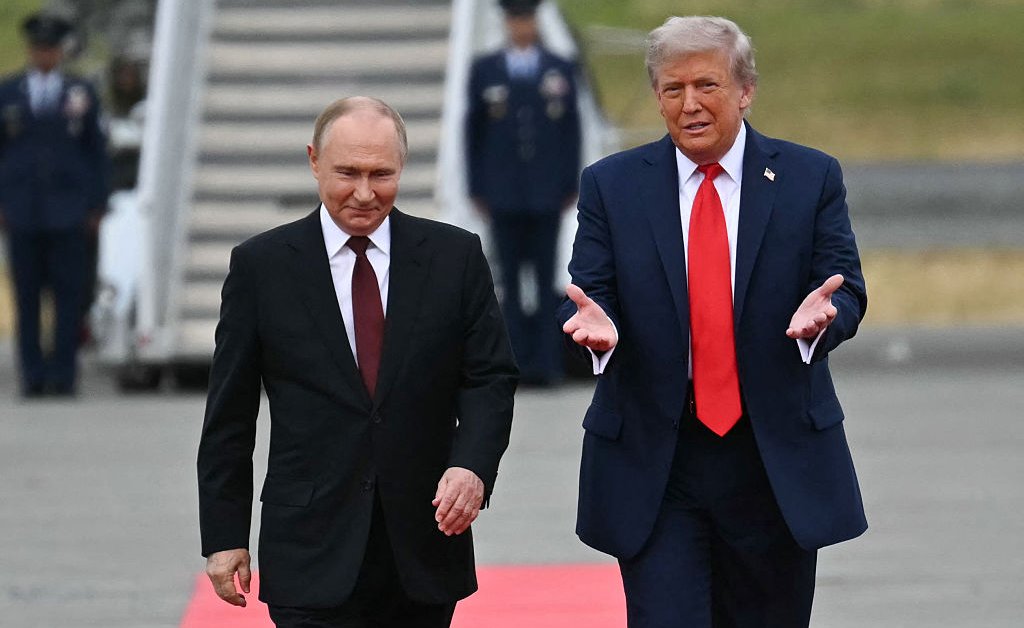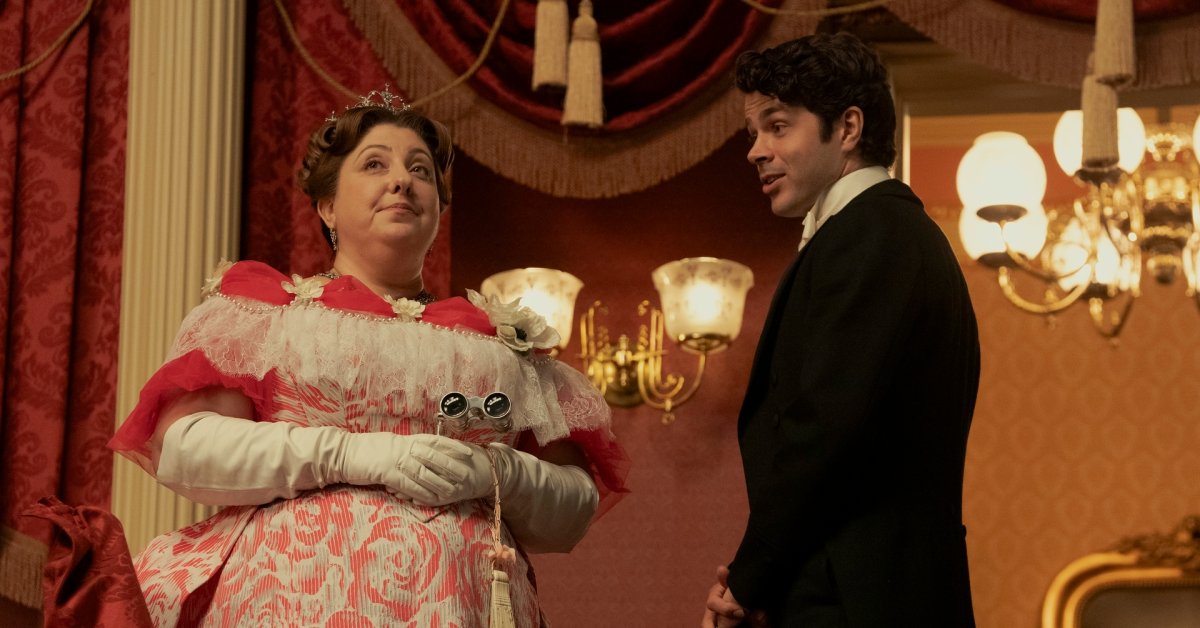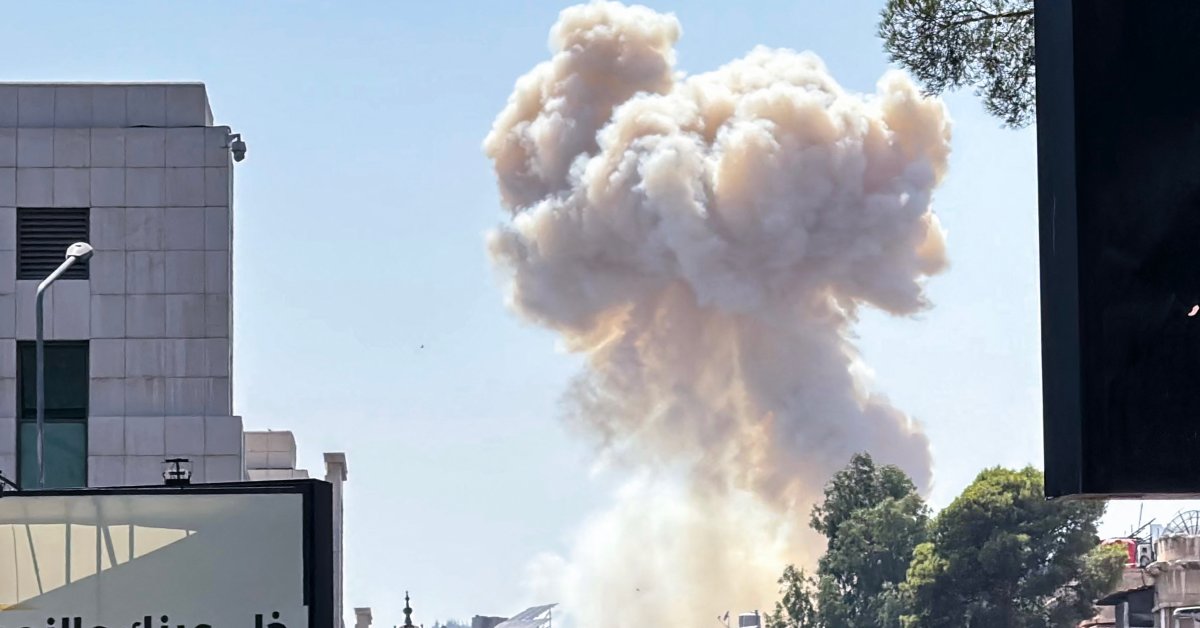The red carpet was perfectly rolled out. The military flyover was precisely timed. The backdrop reading “Pursuing Peace” was strategically positioned for maximum photogenic impact. And yet, when the curtain fell on Donald Trump’s carefully choreographed summit with Vladimir Putin in Alaska, the American president had little to show for his theatrical diplomacy except the bitter taste of being outmaneuvered by a more cunning adversary.
The Alaska meeting, which concluded without the Ukraine ceasefire Trump had promised, represents the latest chapter in a troubling pattern: the 45th and 47th president’s persistent confusion of stagecraft for statecraft. Where Reagan walked away from Reykjavik rather than accept a bad deal, Trump seems perpetually seduced by the optics of the moment, the handshake photo, the joint press conference that suggests progress where none exists.
The Art of the Non-Deal
Putin emerged from Joint Base Elmendorf-Richardson having achieved precisely what he came for: legitimacy on American soil, the erosion of Western unity, and a platform to present his territorial demands as reasonable “agreements.” Trump, meanwhile, offered the unconvincing assurance that they had made “many, many points that we agreed on”—diplomatic speak for admitting you’ve been played.
Read more: Why Putin Must Be Thrilled With the Result of the Alaska Summit
The choice of venue itself revealed Trump’s weakness for symbolism over substance. Alaska, purchased from Russia 158 years ago for $7.2 million, was supposed to be a clever metaphor for American strength. Instead, it became the stage for Putin to pitch his own “land deal of the century”—demanding Ukraine surrender the very territories his forces have failed to fully capture. The irony was lost on Trump, but certainly not on Putin, who understands better than most that in diplomacy, symbols matter only when backed by resolve.
A Familiar Pattern of Failure
This debacle echoes the spectacular miscalculation of Trump’s 2018 Singapore summit with Kim Jong Un—another masterclass in mistaking pageantry for progress. There, too, Trump was mesmerized by the unprecedented nature of the meeting, the historical backdrop, the made-for-television moments that would supposedly cement his legacy as a dealmaker.
Like Putin in Alaska, Kim understood exactly what he was getting: international legitimacy, a pause in American pressure, and the optics of parity with the world’s most powerful leader. What did Trump get? A vague promise of denuclearization that Kim had no intention of keeping, and a suspension of joint military exercises with South Korea that Beijing and Pyongyang had long desired.
The pattern is unmistakable: Trump approaches these encounters like a real estate developer staging a property showing, focused on creating an atmosphere of possibility rather than nailing down concrete commitments. He mistakes the buzz of activity, the presence of cameras, the gravity of the moment for actual achievement.
The Seduction of the Summit
What makes Trump particularly vulnerable to these diplomatic theater productions is his fundamental misunderstanding of how authoritarian leaders operate. Unlike democratic politicians who must constantly justify their actions to skeptical publics and hostile media, autocrats like Putin and Kim arrive at these summits with clear, patient, long-term objectives.
Putin came to Alaska not to end the war in Ukraine but to begin the process of ending American support for Ukraine. His goal was never a quick ceasefire but rather the gradual normalization of Russian territorial conquest through the legitimizing embrace of American diplomacy. Every moment Trump spent treating Putin as a reasonable partner rather than an international pariah advanced this strategic objective.
The Russian president’s post-summit warning that Ukraine and European capitals shouldn’t “throw a wrench in the works” of the peace process revealed the game: having failed to divide NATO through military conquest, Putin is now attempting to fracture the alliance through American diplomatic concessions.
The Price of Performance
Trump’s defenders will argue that dialogue is better than silence, that even unsuccessful summits can lay the groundwork for future progress. This misses the fundamental asymmetry at work. For Putin, every day the war continues while sanctions remain suspended is a victory. Every photograph of him being treated as a legitimate world leader undermines the international isolation that represents the West’s most powerful non-military weapon.
The real casualty of the Alaska summit was not Ukrainian territory —though Putin’s demands for Donetsk and Luhansk remain on the table—but American credibility. European allies who watched Trump roll out the red carpet for a war criminal while Ukraine continues to suffer daily bombardment now have a legitimate reason to question whether Washington can be trusted to maintain its commitments when the going gets tough.
Learning from Reagan’s Example
The contrast with genuine statecraft could not be starker. When Ronald Reagan met Mikhail Gorbachev at Reykjavik in 1986, he too was tempted by the prospect of a historic breakthrough. But when Gorbachev tried to extract concessions on the Strategic Defense Initiative, Reagan walked away. No deal was better than a bad deal.
Trump’s inability to make this calculation – his compulsive need to claim victory even in defeat – makes him uniquely ill-suited for the delicate work of great power diplomacy. Putin, who has spent decades studying American presidents, understands this weakness and exploits it ruthlessly.
The lesson from Alaska is not that diplomacy with adversaries is impossible, but that it requires the kind of patient, principled approach that prioritizes substance over spectacle. Until Trump learns to distinguish between the art of the deal and the art of the photo opportunity, he will continue to find himself outmaneuvered by craftier opponents who understand that in international relations, the best performance is often no performance at all.
The cameras have left Anchorage, but the consequences of Trump’s latest diplomatic theater will linger long after the final curtain call.








